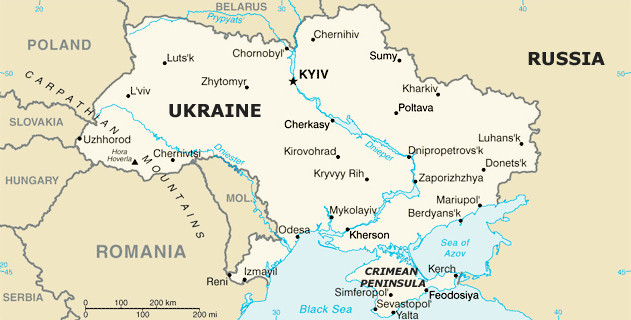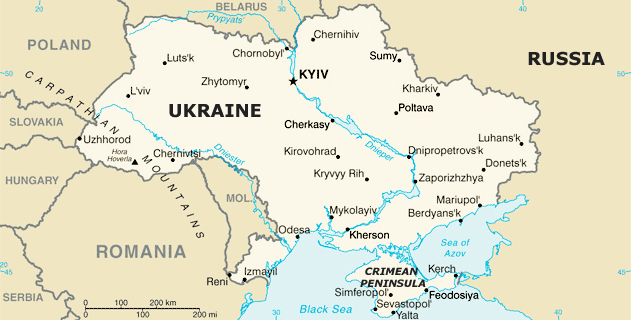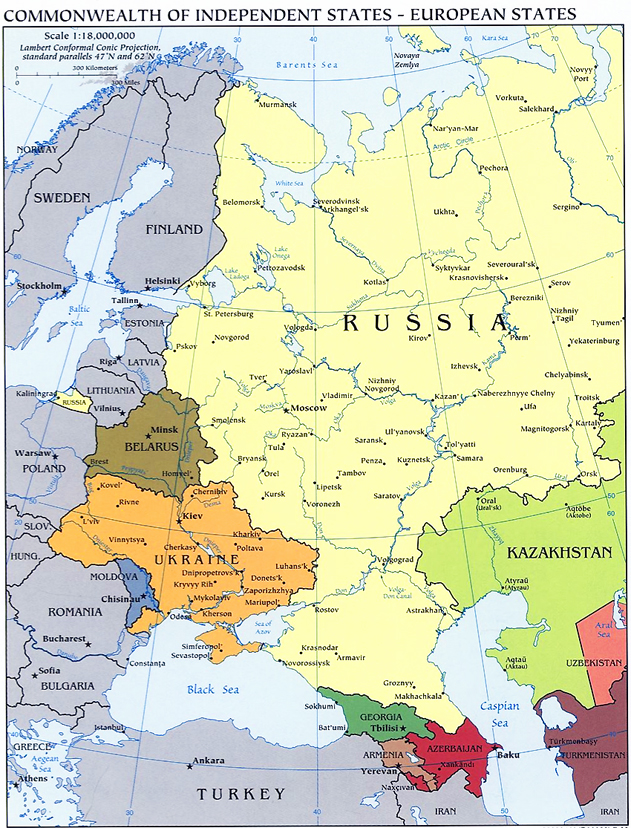Is There a Plausible Strategy for the Ukraine Situation?

(John Steinbruner – Perspectives on Peace & Security – perspectives.carnegie.org – Carnegie Corporation of New York – February 2015)
John Steinbruner
Professor, Public Policy
Director, Center for International and Security Studies at University of Maryland
CUAF – School of Public Policy
One year after Russia’s seizure of Crimea, the situation in Ukraine continues to drift toward active military confrontation between NATO and Russia that is capable in principle of generating an acute crisis. Within the United States there is increasing demand for a applicable strategy, primarily from those who seem to have a greater display of force in mind. But whatever the merits of that, the question raised is certainly valid and important.
Like it or not, we are entangled in the Ukraine situation and we need to face the implications unwelcome as they certainly are. A coherent strategy for Ukraine would have to specify an achievable outcome that would plausibly control internal violence and prevent a potentially catastrophic military engagement between NATO and Russian forces. It would have to include operational measures that can credibly accomplish that much. This is not a looming fight to be won; it is an acute danger to be prevented.
It is far from evident, of course, that such a strategy can be devised, but there are some relevant presumptions. Most notably, a stabilization strategy cannot be based on a political program. The United States and its allies do not have either the legitimacy or the depth of understanding to be able to adjudicate the intricacies of identity and allegiance within Ukraine’s population or the dynamics of dispute among its internal political factions. The sectarian fighting in recent months has produced highly debilitating grievances that will undoubtedly affect any stabilization effort. Nonetheless we do not have the standing that would be required to settle outstanding grievances. A stabilization strategy for the United States, NATO and the EU would more productively focus on functional reconstruction with two major components – response to the increasingly severe humanitarian emergency resulting from the sectarian fighting; and the provision of basic government services such as water and power strategic objective, then the appropriate operational principle would be to work with all parties to the conflict, including the Russians, to the extent possible without attempting to maneuver for national advantage and without trying to assign blame for social breakdown.
But such an effort has virtually no chance of succeeding in the context of unmitigated military confrontation. There is a strong presumption that Russia will not back off its apparent project for establishing autonomous regions in Ukraine in response to the amount of pressure the United States and its allies can reasonably bring to bear. Nor will the United States make any public commitment to reassurance for Russia long as Russia defies the coercive pressure the United States is willing and committed to applying. Prevailing policies are driven by domestic politics rather than real long term interest. Those policies will not resolve the conflict and will not stabilize Ukraine. They will produce indefinite impass.
Whatever the deeper determinants of the situation, it is widely presumed that Putin is establishing conditions that will enable him to freeze the conflict or reactivate it at his initiative for tactical reasons as the evolving circumstances might require. So we can anticipate that public diplomacy will focus on efforts to implement the latest cease fire agreement and that Putin will be the prime arbiter of whether or not that occurs. At best that will contain the violence and associated danger at tolerable levels. It will not stabilize Ukraine. To have any hope of accomplishing that objective, the fundamental relationship with Russia will have to be altered. That is an unavoidable element of a functional reconstruction strategy.
The process of transforming the relationship with Russia will obviously be very difficult. There are good reasons to believe that it is ultimately inevitable, but ultimately can be a very long time during which all parties will be exposed to what is strategically unnecessary grief. If there is to be any immediate effort, the process of engagement will have to be protected from toxic public scrutiny and will have to focus at the outset on Russia’s relationship to the global economy with the United States projecting policies of inducement rather than coercive sanctions. With Putin irretrievably entangled in the public confrontation over Ukraine, the economic dialogue would need intermediaries in Russia to connect with him, but there are people capable and indeed eager to play that role.
It is appropriate to have doubts about whether a strategy of functional reconstruction can succeed. It is not appropriate or realistic to reject the idea categorically with no effort to develop it.
Article © Carnegie Corporation of New York, 2015. Article also appeared at perspectives.carnegie.org/us-russia/plausible-strategy-ukraine-situation/


